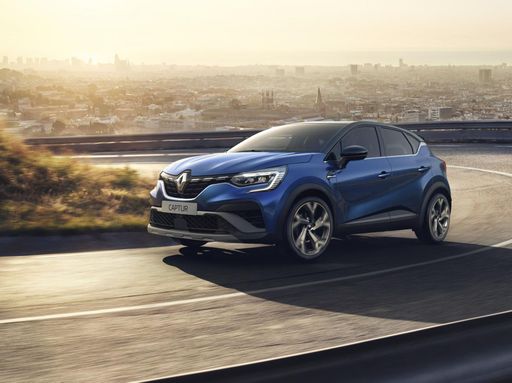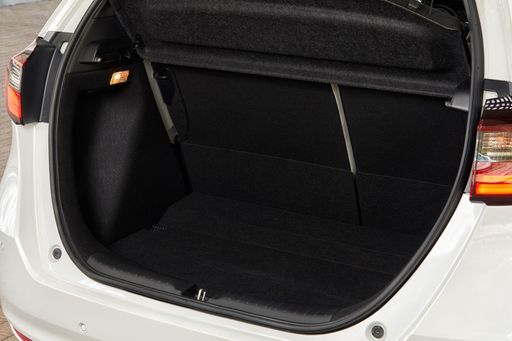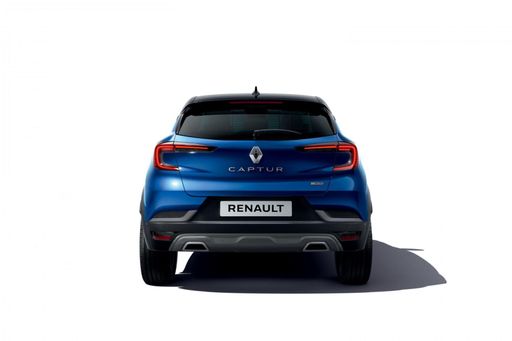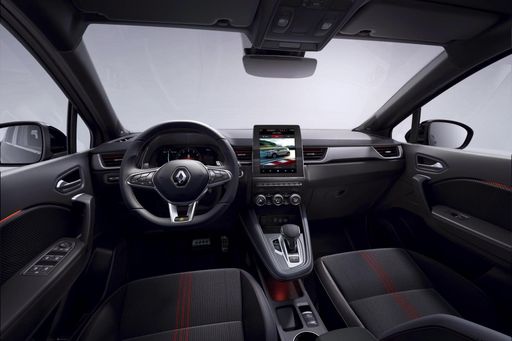Engine and Performance:
Under the bonnet, it becomes clear which model is tuned for sportiness and which one takes the lead when you hit the accelerator.
When it comes to engine power, the Renault Captur has a slightly edge – offering 143 HP compared to 122 HP. That’s roughly 21 HP more horsepower.
In acceleration from 0 to 100 km/h, the Renault Captur is slight quicker – completing the sprint in 8.90 s, while the Honda Jazz takes 9.40 s. That’s about 0.50 s faster.
In terms of top speed, the Renault Captur performs minimal better – reaching 180 km/h, while the Honda Jazz tops out at 175 km/h. The difference is around 5 km/h.
There’s also a difference in torque: Renault Captur pulls barely noticeable stronger with 265 Nm compared to 253 Nm. That’s about 12 Nm difference.









